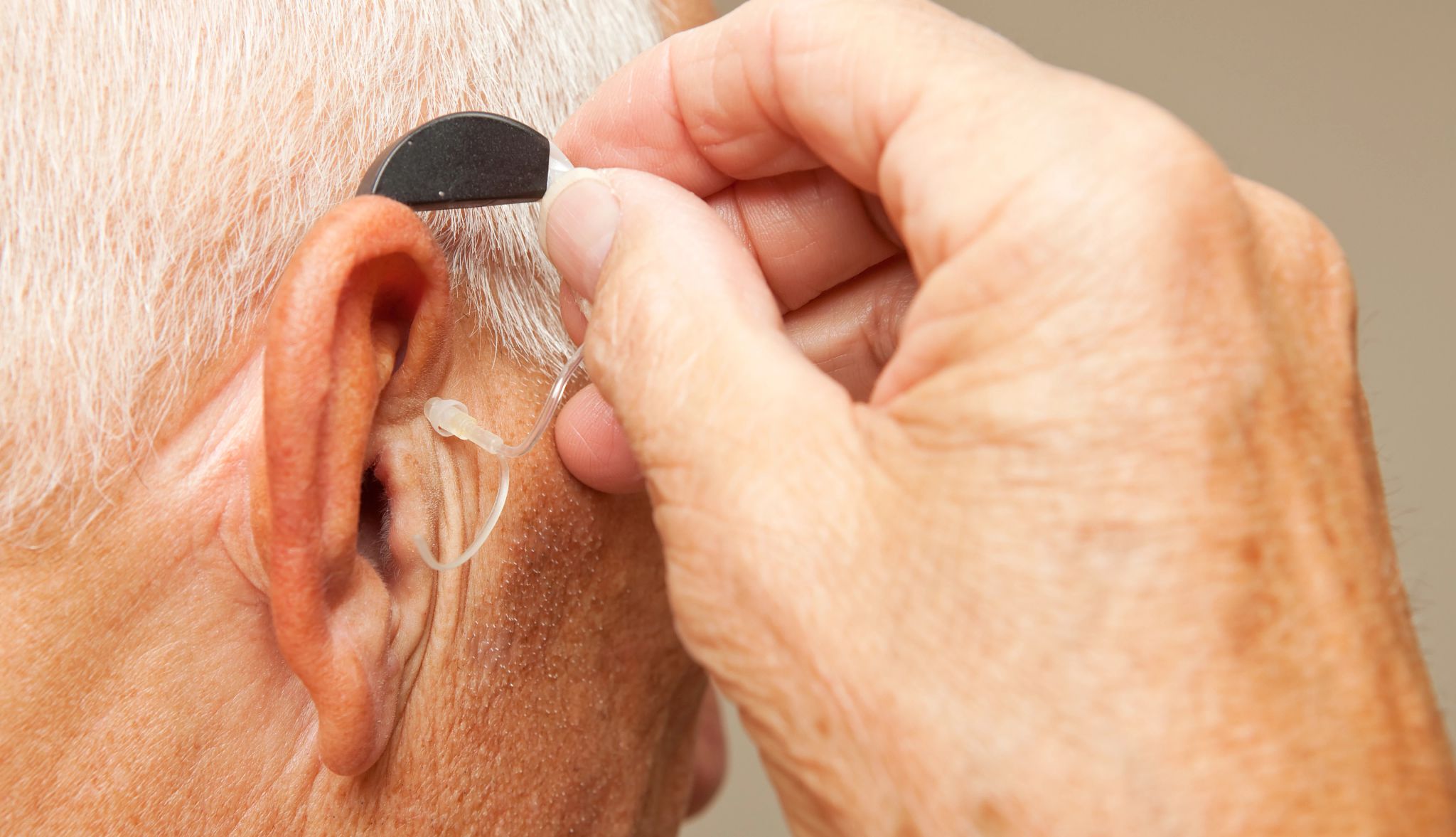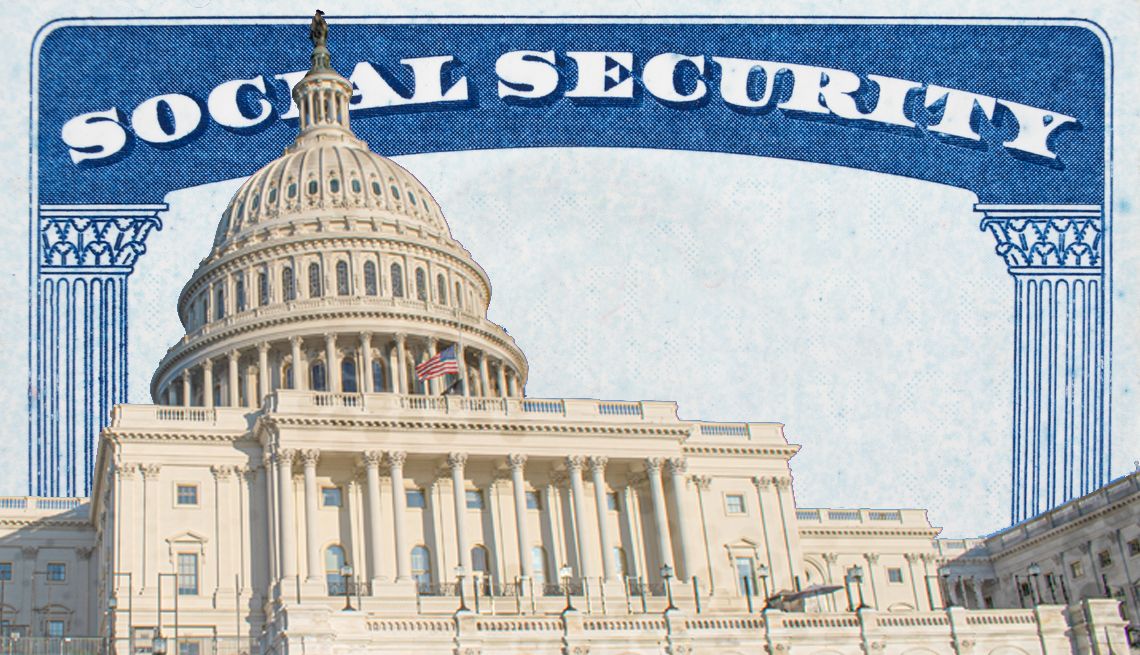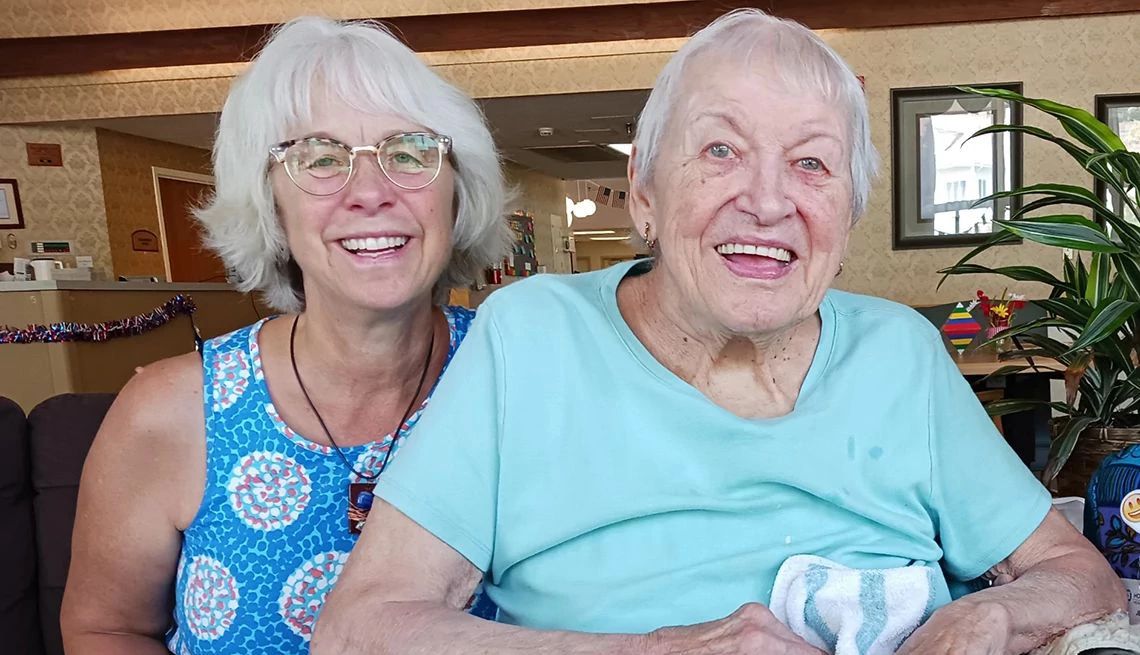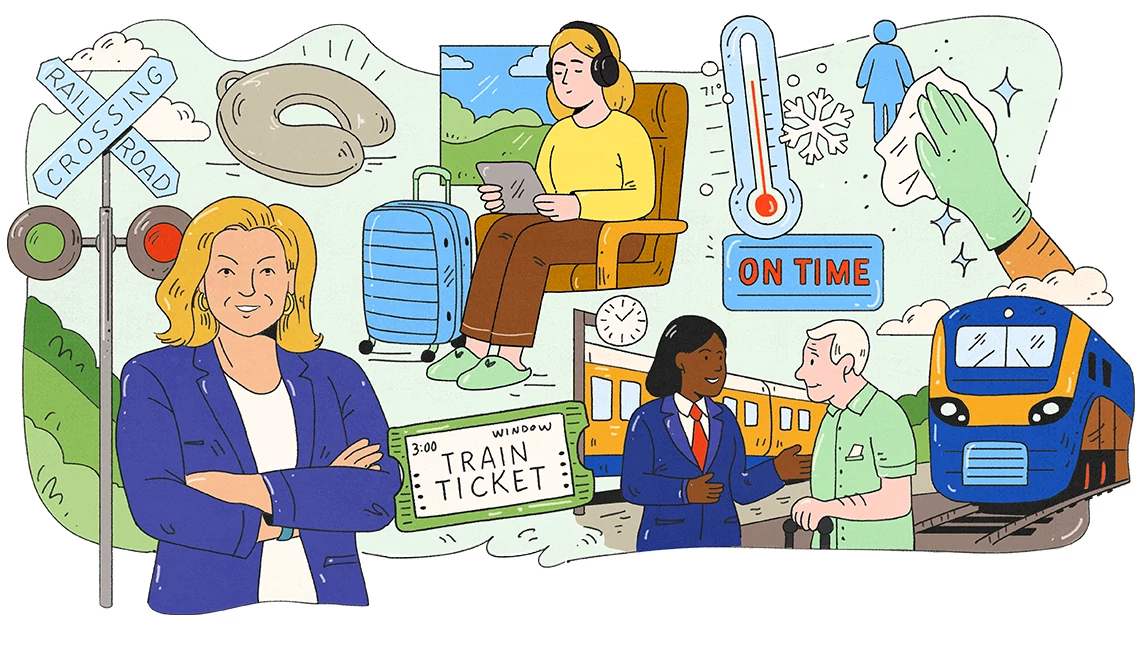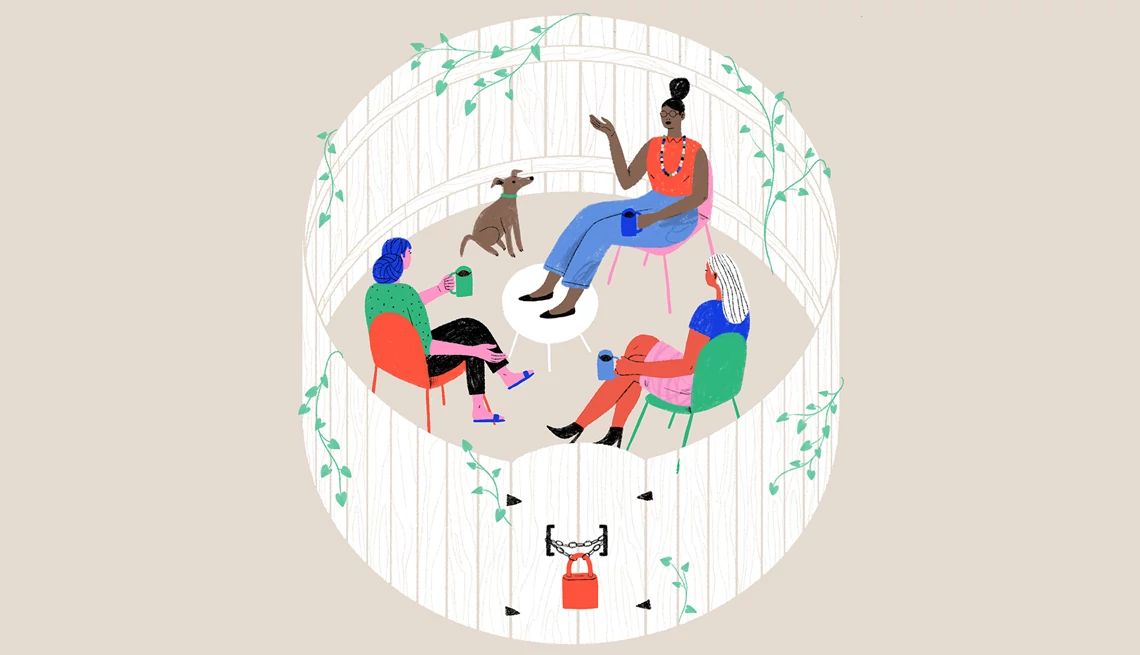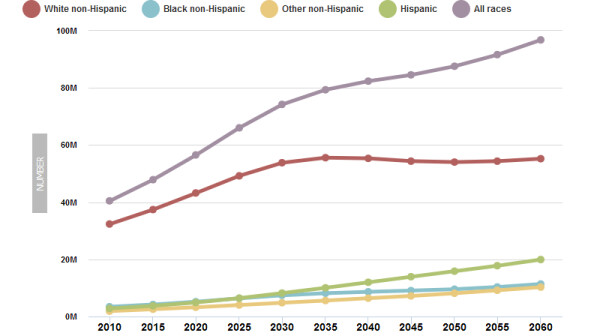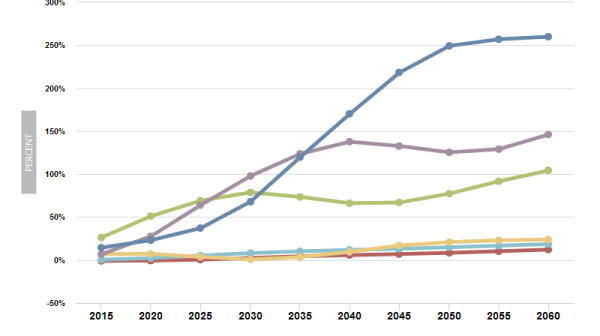AARP Hearing Center
CLOSE ×
Search
Popular Searches
- right_container
- Health
- Money
- Work & Jobs
- Advocacy
- Social Security
- Medicare
- Caregiving
- Games
- Travel
- More...
- Entertainment & Style
- Family & Relationships
- Personal Tech
- Home & Living
- Auto
- Staying Sharp
- Podcasts
- Videos
A range of employment indicators has revealed a mixed picture of the US labor market in recent months. While some of the latest data give room for optimism about job growth in some industries, many industries continue to shed jobs. Many older workers are employed in the industries and occupations…
Most of the 1.2 million people living with HIV in the United States are now over the age of 50, and more than 175,000 are over the age of 65. For many people who were diagnosed prior to the introduction of revolutionary highly active antiretroviral therapy, life expectancy was measured in months,…
Surveys illuminate people’s preferences for aging in place and reforms that promote more supply
Individuals need better information to know how much to save for retirement. A good place to start is to provide them with a projection of their total retirement income that includes the monthly income they can reasonably expect from their retirement savings and their Social Security benefits. This…
As a teenager, I was friends with an amazing woman named Kaye. She was a nurse during World War II, and after the war, she and her husband — a baron of Poland — worked with Radio Free Europe to help bring freedom to people trapped behind the Iron Curtain.
Hispanics’ Expectations and Planning for Long-Term Services & Supports: 5 Key Points You Should Know
America, as we know it, is changing. There were 55 million Hispanics in the United States in 2014, accounting for 17.3 percent of the total population. This population will more than double to over 110 million and, as a group, Hispanics will account for 21 percent of the U.S population age 65 and…
I live in Fairfax County, Va., where the population is extremely diverse and aging. This county is a large suburb of Washington, D.C. More than 1 out of every 4 county residents 70 years or older speak a language other than English at home. Of those speaking another language, 1 out of 6 do not…
A recent study linked some popular drugs used to treat heartburn and peptic ulcers to an increased risk of dementia. While the study findings are concerning, consumers should be mindful that media reports do not necessarily present the full picture. Here is a breakdown of what the study actually…
The federal government recently released its first preliminary report evaluating its Financial Alignment Initiative. The goal of the initiative is to increase access to high-quality, well-coordinated health care — including long-term services and supports (LTSS) — for low-income adults who are…
From 2010 to 2060, the age 85-plus population will more than triple (+260%), the fastest growth of any age group over that time period.
Over the past five years, taxpayers have doled out over $30 billion in bonus payments to push hospitals and doctors’ offices to switch from paper to electronic medical records. Now nearly all hospitals and over half of all office-based doctors have gone digital; but much of that electronic…
There is little dispute that the cost of long-term services and supports (LTSS) is daunting. The typical cost for care in a nursing home is about $91,250 a year, and the average annual base price for assisted living is $43,200. Few people can accumulate sufficient savings, even over a lifetime , to…
Internet-connected devices are rapidly becoming commonplace in our daily lives. Smartphones, tablets, televisions, thermostats, cars, video games and even children’s toys now connect to the Internet.
Search AARP Blogs
Recent Posts




